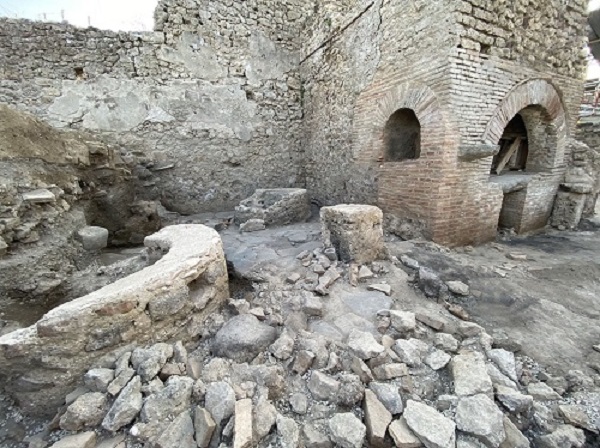Excavation of Roman Cemetery Reveals Coffins Carved With Images of Grapes and Dolphins
Four Roman-era tombs have been unearthed in Gaza City, including two lead coffins, one delicately carved with harvest motifs and the other with dolphins gliding through water. Archaeologists have hailed the find as offering invaluable insight into the ancient history of agriculture and trade in Palestine.
A team of Palestinian and French archaeologists have been excavating the site. “The ongoing work is part of the long journey to uncover historical and archaeological discoveries, which have been found in various areas of the Gaza Strip in recent years,” Jamal Abu Reida, the director-general of Antiquities at the Palestinian Ministry of Tourism and Antiquities, told Al Jazeera. To date, experts have unearthed 134 graves across the site’s nearly 43,000 square feet, the Ministry of Antiquities and Tourism said in its announcement this past weekend.
According to archaeologist Fadel al-Otol, the cemetery is undergoing study and restoration, with the eventual goal of welcoming tourists and overseas researchers.
The two coffins were the most remarkable finds within the tombs, though many graves were discovered to have been decorated with pyramid designs. Also discovered were fragments of jewelry and pottery.
Gaza sits on one of the richest archaeological repositories in the region, given its geographical significance as a crossroads between Asia and Africa. Excavation and maintenance work sometimes moves slowly there, due to a lack of sustained funding and Israel’s occupation of the area. Restoration of the 2,000-year-old Roman cemetery is supported by the British Council’s Fund for the Protection of Culture.
The cemetery was buried for centuries beneath Gaza’s soil, and only emerged last December when Egyptian construction workers began bulldozing the site as part of a reconstruction scheme northwest of the Gaza Strip, Al Jazeera reports.



